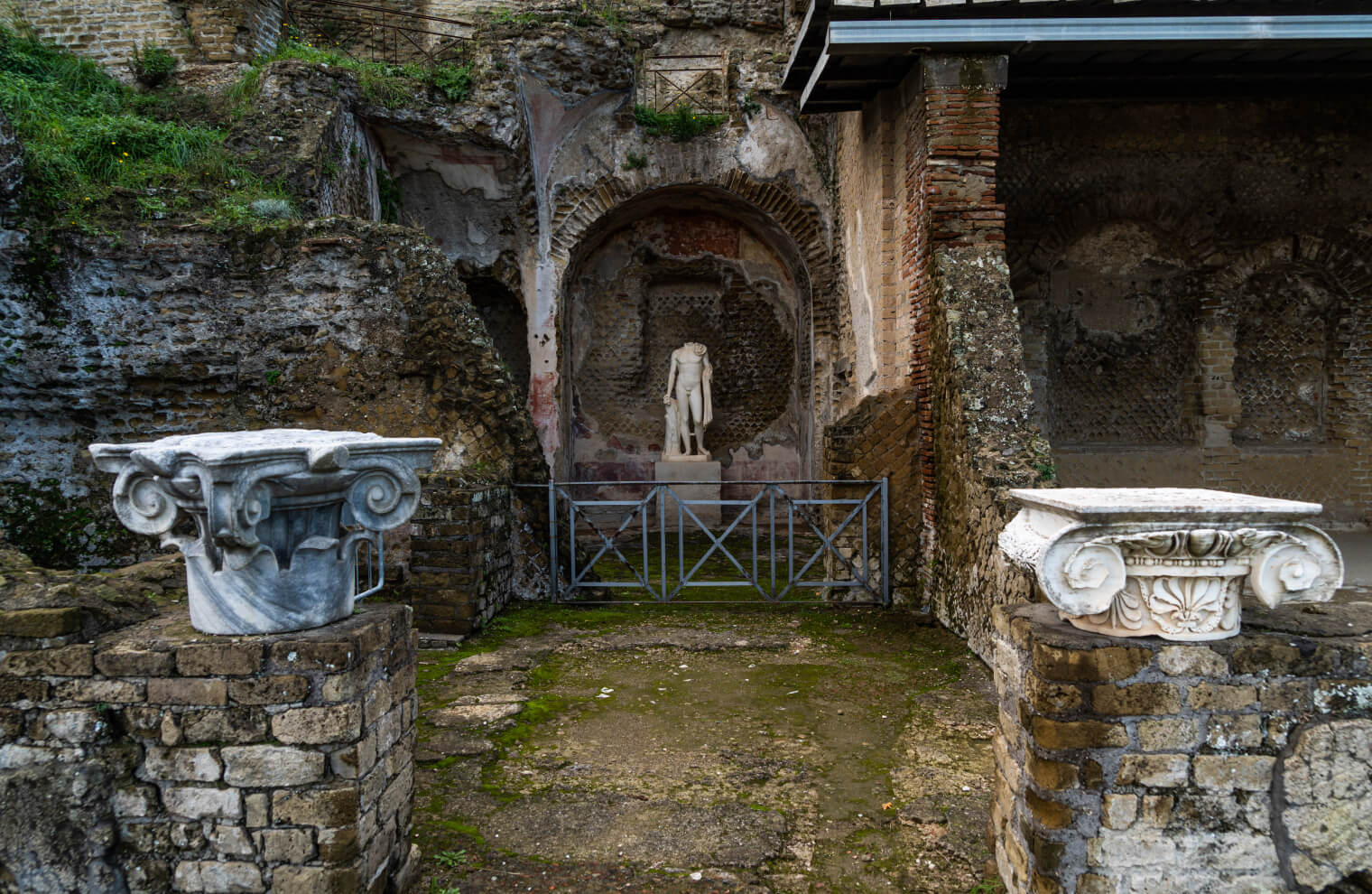
Water has always played a crucial role in the history and development of civilizations. In Castellammare di Stabia, this importance is celebrated in the newly opened museum dedicated to the ancient water routes and Roman hydraulic engineering.
A Tribute to Ancient Engineering
The new museum in Castellammare di Stabia offers visitors a fascinating look into how the Romans mastered the art of water management. Through interactive exhibits and detailed reconstructions, the museum showcases the ingenuity and sophistication of Roman aqueducts, cisterns, and baths.
Key Exhibits
One of the highlights of the museum is the detailed model of the Aqua Augusta, one of the longest aqueducts of the Roman Empire. This impressive feat of engineering supplied water to several cities, including Pompeii, Herculaneum, and Neapolis. The model provides a comprehensive view of how this aqueduct was constructed and maintained.
Another notable exhibit focuses on the ancient cisterns of the region, such as the Piscina Mirabilis in Bacoli. This massive underground reservoir was used to supply water to the Roman fleet. The exhibit includes a virtual tour of the cistern, allowing visitors to explore its vast chambers and understand its significance.
Interactive Learning
The museum also features interactive displays where visitors can engage with the technology and methods used by the Romans. From building your own aqueduct to understanding the physics behind water flow, these hands-on activities make learning about ancient engineering both fun and educational.
Cultural Significance
The museum doesn’t just highlight the technological aspects of Roman water management but also delves into the cultural and social impact. The Roman baths, for instance, were not only places for hygiene but also centers for socialization and relaxation. The exhibits explore how these spaces were integral to daily life and community bonding.
Step Into the World of Roman Engineering Marvels
Water has always played a crucial role in the history and development of civilizations. In Castellammare di Stabia, this importance is celebrated in the newly opened museum dedicated to the ancient water routes and Roman hydraulic engineering.
A Tribute to Ancient Engineering
The new museum in Castellammare di Stabia offers visitors a fascinating look into how the Romans mastered the art of water management. Through interactive exhibits and detailed reconstructions, the museum showcases the ingenuity and sophistication of Roman aqueducts, cisterns, and baths.
Key Exhibits
One of the highlights of the museum is the detailed model of the Aqua Augusta, one of the longest aqueducts of the Roman Empire. This impressive feat of engineering supplied water to several cities, including Pompeii, Herculaneum, and Neapolis. The model provides a comprehensive view of how this aqueduct was constructed and maintained.
Another notable exhibit focuses on the ancient cisterns of the region, such as the Piscina Mirabilis in Bacoli. This massive underground reservoir was used to supply water to the Roman fleet. The exhibit includes a virtual tour of the cistern, allowing visitors to explore its vast chambers and understand its significance.
Interactive Learning
The museum also features interactive displays where visitors can engage with the technology and methods used by the Romans. From building your own aqueduct to understanding the physics behind water flow, these hands-on activities make learning about ancient engineering both fun and educational.
Cultural Significance
The museum doesn’t just highlight the technological aspects of Roman water management but also delves into the cultural and social impact. The Roman baths, for instance, were not only places for hygiene but also centers for socialization and relaxation. The exhibits explore how these spaces were integral to daily life and community bonding.
Step Into the World of Roman Engineering Marvels
The new museum in Castellammare di Stabia is a must-visit for anyone interested in ancient engineering, Roman history, or the cultural significance of water in human societies. It offers a unique and immersive experience that brings to life the incredible achievements of the Romans and their enduring legacy in water management.